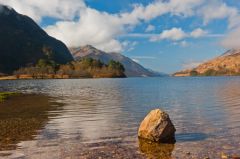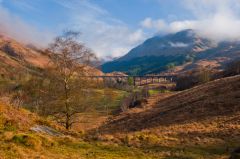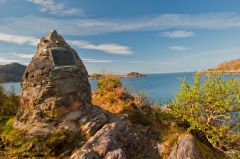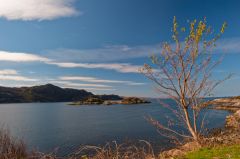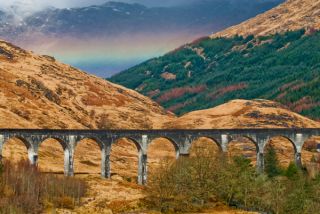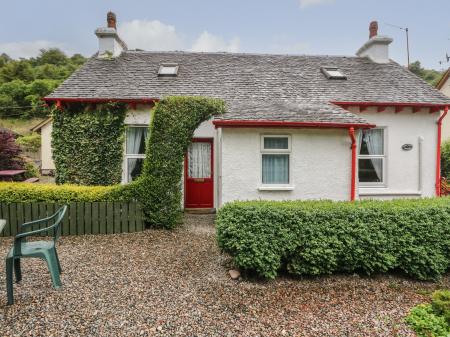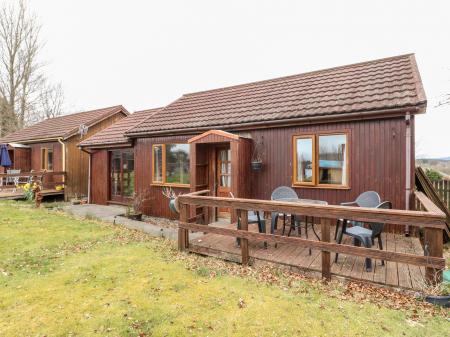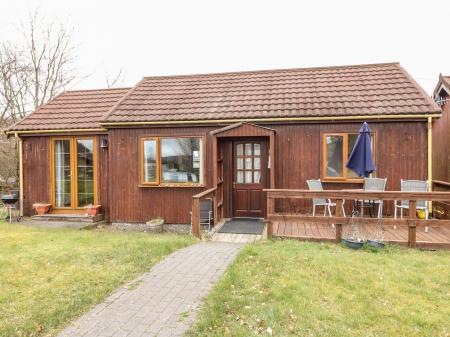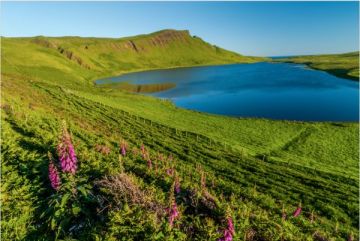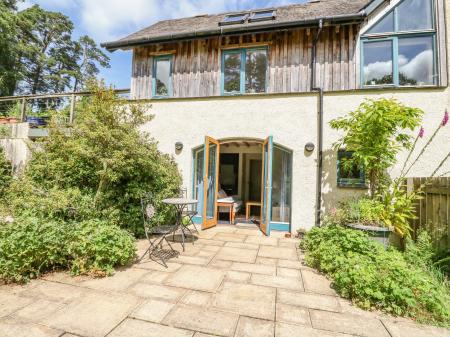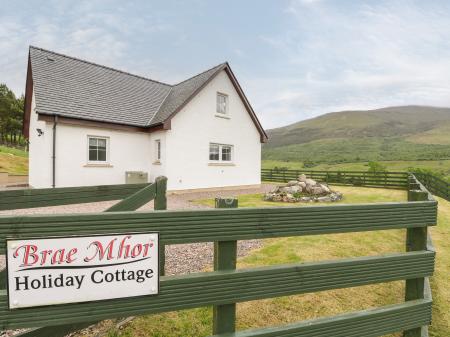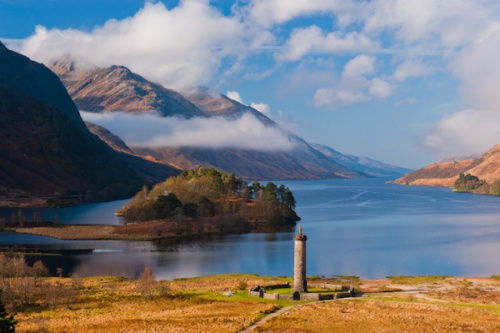
Turn left on A830 which leads to the end of the road at Mallaig. This route passes the Glenfinnan Monument, sandy beaches, and beautiful coastline before it reaches Mallaig, where you can catch a ferry to the Isle of Skye.
Origins of 'the Road to the Isles'
The 'Road to the Isles' is a bit of a nebulous concept. The 'road' is based on a traditional Scottish folk tune, with words by the Celtic poet Kenneth Macleod. The lyrics describe the lure of the Western Isles, as a traveller is called home from Perthshire, westward across the Highlands past Loch Rannoch, Lochaber, Shiel, Ailort, Morar, Skye, and the Skerries before reaching the Lews on the Isle of Lewis.
So popular did the song become that the final leg of the main tourist route westward from Fort William to Mallaig, where ferries leave for the Isle of Skye, became popularly known as 'The Road to the Isles'.
Now, brown tourist signs point travellers west along the A830 as it runs along the northern shore of Loch Eil, past the Glenfinnan Monument at the head of Loch Shiel, and follows the route of the Jacobite Express steam train along the northern edge of Loch Ailort and Loch nan Uamh before turning north to Mallaig and the Skye ferry.
Fort William
The largest town in the south-west Highlands and a popular centre for walkers and outdoor enthusiasts. Fort William grew up around a military fort established by Oliver Cromwell around 1655.
The West Highland Museum, in the centre of Fort William, tells the story of the Highland way of life and holds a wonderful collection of Jacobite relics. From Fort William follow the A82 north and branch off to watch boats passing through locks on the Caledonian Canal.
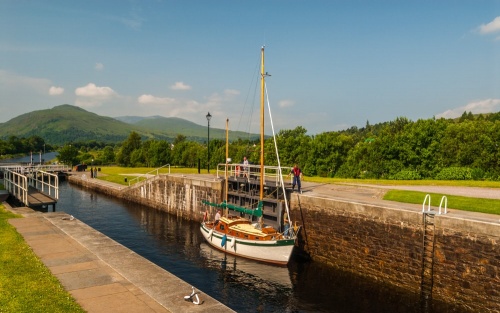
Neptune's Staircase
The Caledonian Canal links the east coast of Scotland at Inverness to the west coast at Corpach. Beginning in 1803 famed Scottish engineer Thomas Telford built a series of 8 locks at the south-western end of the canal, creating the longest staircase lock in Britain.
Neptune's Staircase raises boats 64 feet over 1080 feet length. Each lock gate weighs some 22 tons and takes at least 3 lock-keepers to operate. It takes boats 90 minutes to pass through all 8 locks.
Old Inverlochy Castle
On the banks of the River Lochy, just a mile or so from Fort William stands Inverlochy Castle, built by the Comyn family, and one of the oldest stone castles in Scotland. When the Comyns lost the struggle for the Scottish throne to Rober Bruce, Inverlochy fell to the king.
There was a battle here in 1431 when Highlanders under the Lord of the Isles defeated a royal army led by the Earl of Mar. A second battle took place in 1645 when the Marquis of Montrose defeated a Covenanter army led by the Earl of Argyll.
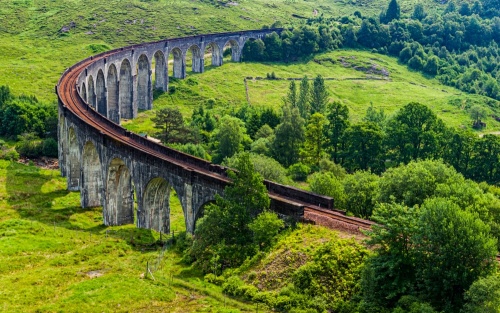
Glenfinnan Monument
At Glenfinnan a monument stands by the shore of Loch Shiel, marking the spot where Bonnie Prince Charlie raised his standard to launch the 1745 Jacobite Rebellion. You can climb a spiral stair inside the monument for wonderful views down the loch and inland to the Glenfinnan Viaduct, built in 1897.
The viaduct carries the steam train from Fort William to Mallaig, known as the Jacobite Express. After crossing the Viaduct the train stops at Glenfinnan Station, known to filmgoers as Hogwarts station in the Harry Potter films.
Prince Charlie's Cairn
From Glenfinnan, the road follows the shore of Loch nan Uamh, where Bonnie Prince Charlie came ashore to launch his ultimately futile attempt to seize the British crown in 1745. By a twist of fate, it was also from Loch nan Uamh that the Prince finally took ship to escape over the seas to France and safety after the failed rebellion ended in tears at Culloden. A small, lonely cairn stands by the shore of the loch, as a memorial to the Prince and the Stewart cause.
Mallaig
From Loch nan Uamh the Road to the Isles curves north to finally end at Mallaig. This is where the West Highland railway line terminates, and where the 'Road to the Isles' ends. Unlike many settlements, we know exactly when Mallaig began. It was founded in the 1840s when Lord Lovat urged his tenants on the North Morar Estate to move off the land they had tilled for centuries and make a fresh start fishing off the west coast.
The fishing industry is still a part of Mallaig life, but it was the arrival of the railway and the growth of Mallaig as a ferry port that really put the town 'on the map'. The area has a tradition for smoked kippers, but only 1 traditional smokehouse now remains, and the area is a popular destination for tourists to enjoy the more relaxed Highland lifestyle and the wonderful scenery.
